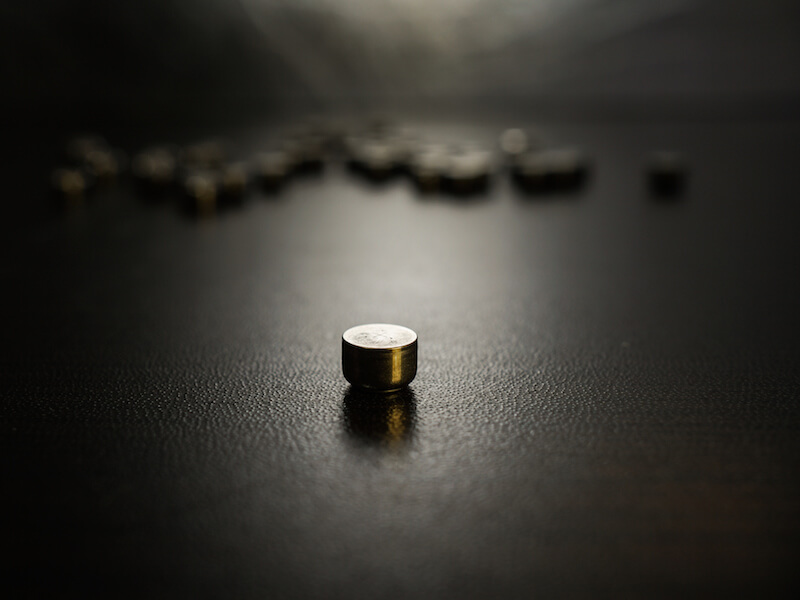
Contemporary technology has changed the way we power electronics of all kinds, from radios to cameras to phones. A robust, rechargeable hearing aid battery is finally realizing the hopes of hearing aid makers to replace the outdated disposable power sources of the past.
Disposable hearing aid batteries have historically been the power source of choice amongst manufacturers, with size 312 batteries serving as one of the more common battery types. Nowadays, the most popular version of these batteries is known as a “zinc-air” battery.
Disposable Hearing Aids Have a Downside
As the name would suggest, a zinc-air battery is affected by the presence of air. The user has to pull a small tab off the back of a 312 zinc-air battery to activate it.
They will begin losing power the moment they are fully oxygenated. So the power is depleting even if the user isn’t currently using it.
The biggest downside to disposable batteries, for the majority of users, is how short they last. With 312 batteries, the user could be replacing the batteries in their hearing aids about 120 times each year because they drain in 3 to 12 days according to some reports.
Because of this, besides needing to buy 120 batteries, the user will have to switch and properly dispose of batteries at least two times a week. That’s probably over $100 in batteries from a cost outlook alone.
Advancements in Rechargeable Batteries
Rechargeable hearing aid technology has progressed to the point where it’s now a viable option and that’s great news for individuals who use hearing aids.
The vast majority of people would wear rechargeable hearing aids if given an option according to some research. Previously, these models were not practical because they didn’t maintain a charge long enough. However, recent developments now allow an entire day of use per charge.
Rechargeable batteries won’t save users significant amounts of money, but they will improve their quality of life.
In addition to providing 24 hours of charge time, these new models lead to less frustration for the user, since there’s no more changing and correctly disposing of batteries. Instead, they only need to pop out the battery and place them in a convenient tabletop charger.
When a disposable battery nears the end of its life it doesn’t run your hearing aid at full capacity. And you can’t tell how close the battery is to failing. So the batteries might die at the exact moment that a user needs them the most which might even put them in danger. Not only is this a safety hazard, but users could miss out on important life moments due to a faulty battery.
Hearing Aids Come in Different Types
There are unique benefits to each of the different materials that rechargeable batteries are constructed from. The ability to hold a charge for 24 hours is one reason why integrated lithium-ion batteries are one practical option that manufacturers provide. You might be surprised to know that this same kind of technology is what charges and powers your smart-phone.
Silver-zinc technology is another material used for today’s rechargeable hearing aids. Originally, these revolutionary batteries were developed for Nasa’s moon missions. With this technology, even your current hearing aids can most likely be upgraded to run on rechargeable power. These batteries, similar to lithium-ion, will also last all day before needing to be recharged.
Some models even let you recharge the battery without removing it. At night, or at some other time when the hearing aid is not in use, the entire hearing aid can be placed directly into the charger
While each of these rechargeable solutions offers considerable benefits over disposable batteries, each option should be properly vetted to get a complete picture and to discover if it’s right for you.
If you’re looking for more information about hearing aid technology or how to determine the best hearing aid to meet your needs, we encourage you to look at our hearing aids section.